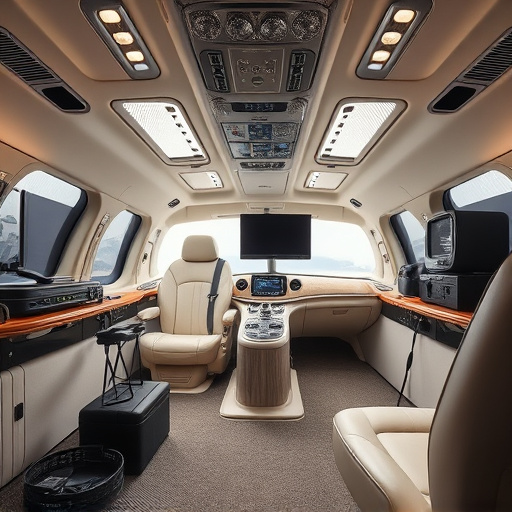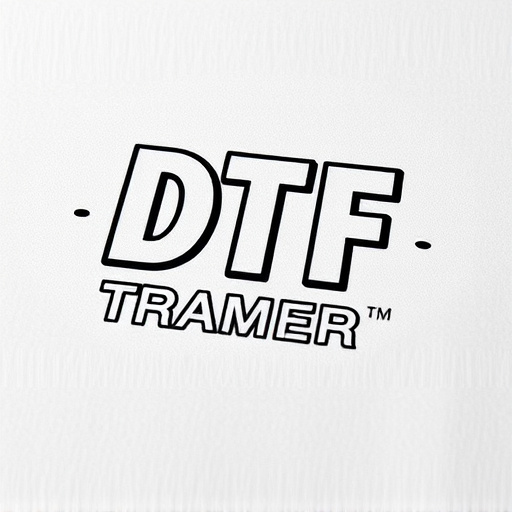The engine bay's intake design significantly impacts both vehicle performance and aesthetics, affecting its distinctive sounds. A well-optimized intake system produces a quiet, efficient air flow for improved power output, while aggressive setups create deeper rumbles from larger pipes and modified velocity stacks. These differences in intake sound reflect varying airflow dynamics and pressure differentials, shaping the vehicle's identity and driving experience. Enthusiasts and customizers alike appreciate understanding this performance intake sound difference, as it balances dramatic tones for power connection with subtlety for a distraction-free drive, highlighting the delicate interplay between enhancement and ambient acoustic environments.
In the realm of automotive engineering, the engine bay plays a pivotal role in both performance and acoustics. This article delves into the intricate relationship between these two aspects, focusing on how intake design significantly influences the overall sound profile. We explore the distinction between performance intake sounds and their perception, examining whether an aggressive soundscape enhances driving experience or becomes a distracting noise pollution. By understanding these dynamics, car enthusiasts can appreciate both power and auditory delight.
- Understanding Engine Bay Acoustics: The Role of Intake Design
- Performance and Sound: Unraveling the Difference
- Aggressive Soundscape: Enhancing or Distracting?
Understanding Engine Bay Acoustics: The Role of Intake Design

In the realm of automotive engineering, the engine bay plays a pivotal role in vehicle performance and aesthetics. Among various components, the intake design significantly contributes to the overall acoustics of the engine bay, creating a distinct sound that can enhance the driving experience or stand out as an aggressive modifier. Understanding this relationship is crucial for both stock car enthusiasts and customizers seeking a unique performance intake sound difference.
The design of the intake system, from air filter housing to the manifold, dictates the flow of air into the engine. A well-optimized intake design can improve power output by ensuring a steady supply of cool air. Conversely, an aggressive intake setup, often characterized by larger diameter pipes and modified velocity stacks, can produce a deeper, more robust rumble. This alteration in intake sound is not merely cosmetic; it reflects changes in airflow dynamics, pressure differentials, and the unique interaction between the engine and its surroundings—all of which contribute to the overall driving experience and vehicle identity.
Performance and Sound: Unraveling the Difference

In the realm of automotive engineering, the engine bay serves as the heart of a vehicle’s power and performance. When discussing acoustics, particularly the sound emitted from this area, it’s crucial to differentiate between performance and intake sounds. While many enthusiasts appreciate the aggressive, deep roars of high-performance engines, these are often distinct from the nuances of carefully crafted intake systems designed for optimal airflow.
The “performance” intake sound is characterized by its aggressive tone, typically resulting from larger valves, higher compression ratios, and more powerful turbos or superchargers. This sounds great to many, adding a thrilling dimension to driving experience. Conversely, an “intake” sound focuses on the subtle symphony created by efficiently drawing in air, often achieved through precision engineering, carefully designed manifolds, and advanced valve timing. This quieter yet precise intake sound is key to maximizing engine efficiency, not just for power but also for fuel economy.
Aggressive Soundscape: Enhancing or Distracting?

In today’s quest for enhanced vehicle performance, engine bay acoustics have become a topic of interest. One aspect that often garners attention is the aggressive soundscape that modified engines can produce. This shift towards more powerful and distinctive performance intake sound has sparked debates among automotive enthusiasts. While some appreciate the dramatic and intimidating tone it adds to their vehicles, others find it distracting and prefer a more subtle engine noise.
The difference in acoustic experiences is particularly noticeable when comparing stock engines to those with aftermarket modifications. An aggressive soundscape can enhance the overall driving experience for some, creating a sense of connection to the vehicle’s power. However, it may also lead to distractions while driving, especially in environments where quiet operation is preferred. Thus, the balance between enhancing the driving pleasure and maintaining an ambient acoustic environment remains a delicate one.
The engine bay, once a silent sanctuary, is now undergoing a sonic transformation with advancements in intake design. The interplay between performance and sound has created a new dimension where an aggressive soundscape can either enhance the driving experience or become a distracting noise pollution. By understanding the difference between natural performance intake sound and engineered aggression, we can navigate towards a balance that respects both the listener’s pleasure and nearby communities’ peace. Ultimately, the goal is to revolutionize engine bay acoustics without compromising on either performance or tranquility.














